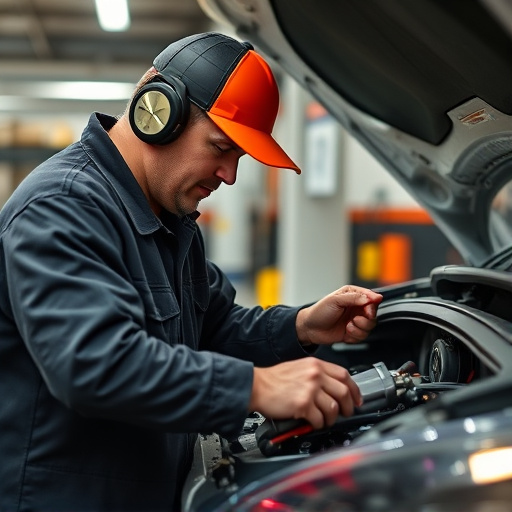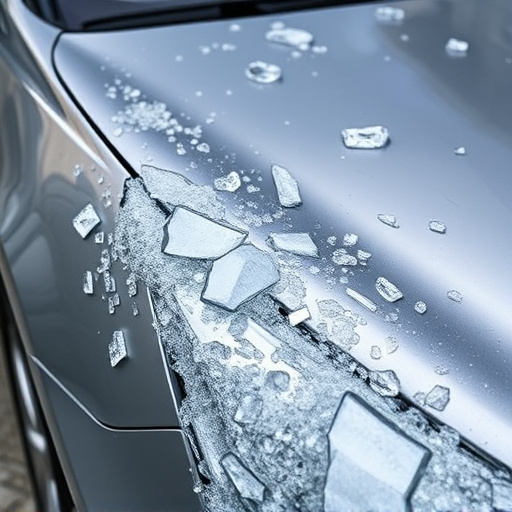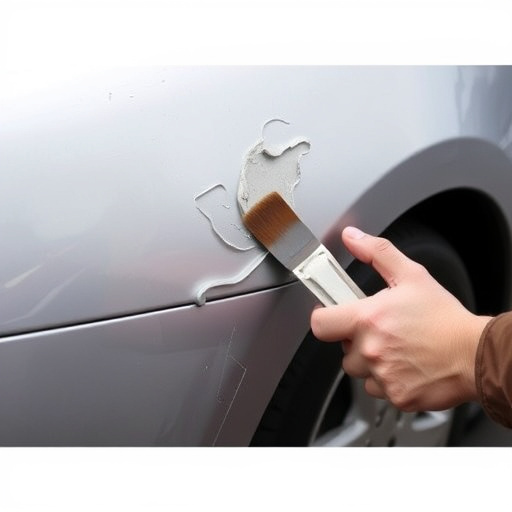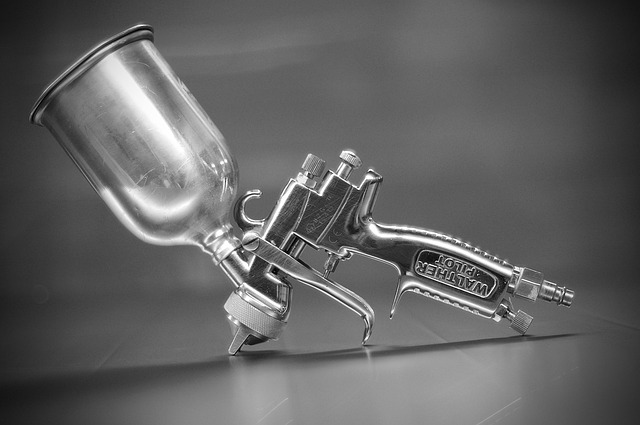In today's digital age, electronic diagnostics repair is vital for modern vehicle maintenance. Complex systems require precise calibration and updates to function optimally, ensuring accurate diagnostics and efficient repairs. Regular maintenance prevents costly breakdowns, enhances accuracy, extends system lifespan, and contributes to safer, more efficient operations. Accurate repairs prevent data errors, ensure optimal performance, and enhance overall system reliability, crucial for a safer driving experience.
In today’s digital age, electronic diagnostics play a pivotal role in ensuring accurate and reliable vehicle performance. As technology advances, so do the complexities of modern automotive systems. This article delves into the significance of electronic diagnostics repair, highlighting common issues that can arise and their impact on overall system functionality. Understanding these nuances is essential for maintaining precision and efficiency in today’s vehicles.
- Understanding the Role of Electronics in Modern Diagnostics
- Common Issues in Electronic Diagnostics That Require Repair
- The Impact of Accurate Repairs on Overall System Performance
Understanding the Role of Electronics in Modern Diagnostics

In today’s digital age, electronic diagnostics have become the backbone of modern vehicle maintenance and repair. Complex systems, from engine management to safety features, rely on intricate networks of sensors, processors, and software—all requiring precise calibration and continuous updates to ensure optimal performance and accuracy. These electronic components play a pivotal role in diagnosing issues, providing real-time data, and facilitating efficient repairs, making electronic diagnostics repair an indispensable service for maintaining vehicle reliability and safety.
The significance of this repair process cannot be overstated, especially as vehicles become increasingly connected and autonomous. Regular maintenance and calibration of electronic systems prevent costly breakdowns and ensure that vehicles operate efficiently and safely on the road. Moreover, it allows specialized technicians to identify subtle issues early on, preventing them from escalating into major problems, thus promoting both automotive restoration and vehicle paint repair as essential components of comprehensive car upkeep.
Common Issues in Electronic Diagnostics That Require Repair

Electronic Diagnostics systems in modern vehicles are complex networks that require precision and care to maintain. Common issues include faulty sensors, malfunctioning actuators, and software glitches that can lead to inaccurate readings or complete system failures. For instance, a misaligned sensor might give false speed or temperature measurements, impacting the overall performance of the vehicle. Similarly, an electronic control unit (ECU) with outdated software could result in inefficient fuel injection, increasing fuel consumption and emissions.
Unlike physical repairs like car dent removal or bumper repair, electronic diagnostics issues often require specialized tools and knowledge to diagnose and fix. Skilled technicians use advanced diagnostic equipment to pinpoint problems, ensuring that each component is working harmoniously within the system. Regular electronic diagnostics repair not only enhances accuracy but also extends the lifespan of these intricate systems, ultimately contributing to safer and more efficient vehicle operations.
The Impact of Accurate Repairs on Overall System Performance

Accurate electronic diagnostics repair plays a pivotal role in maintaining the optimal performance of modern vehicles. With cars becoming increasingly reliant on complex computer systems for various functions, even minor errors or inaccuracies in these diagnostic processes can lead to significant issues down the line. Inadequate repairs may result in misread sensor data, incorrect fault codes, and inefficient system calibrations. This, in turn, can affect fuel efficiency, engine performance, and safety features.
In a car body shop, collision damage repair often involves more than just fixing visible cracks or dents; it extends to ensuring that electronic systems are thoroughly checked and repaired. Vehicle body repair professionals must be adept at diagnosing and rectifying issues with onboard computers, sensors, and control modules. This meticulous process guarantees that the vehicle operates as intended, enhancing overall system performance and reliability, and ultimately contributing to a safer driving experience.
Electronic diagnostics repair is an indispensable practice for maintaining accurate and reliable vehicle performance. By addressing common issues in modern diagnostic systems, skilled technicians ensure optimal system functionality. This not only enhances vehicle safety but also provides drivers with precise information, leading to better-informed decisions. Investing in timely repairs pays dividends in the long run, ensuring vehicles operate efficiently and effectively.













